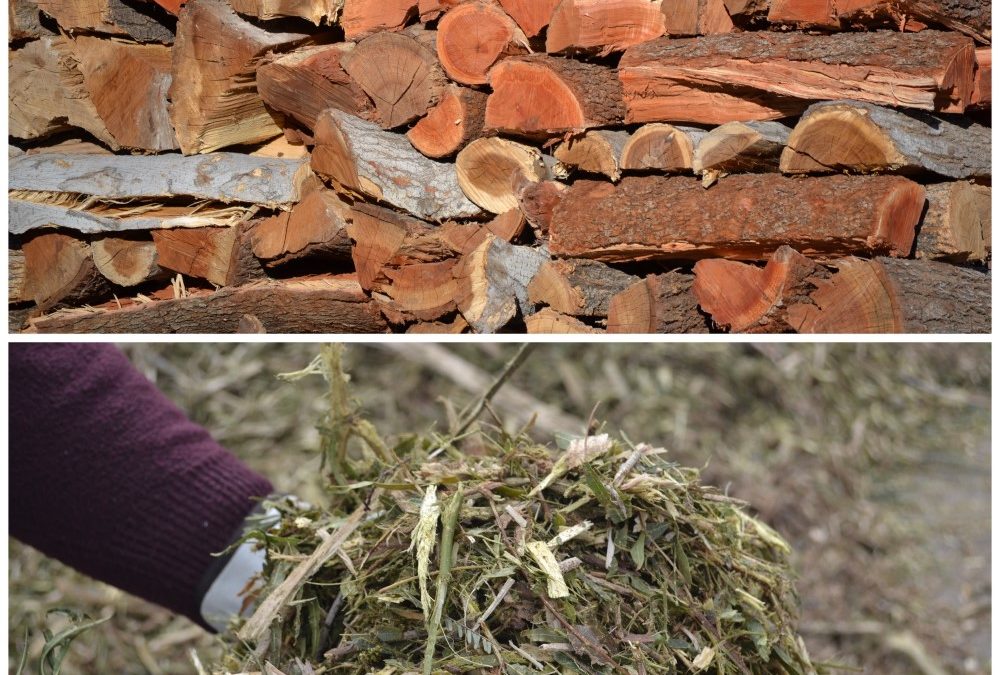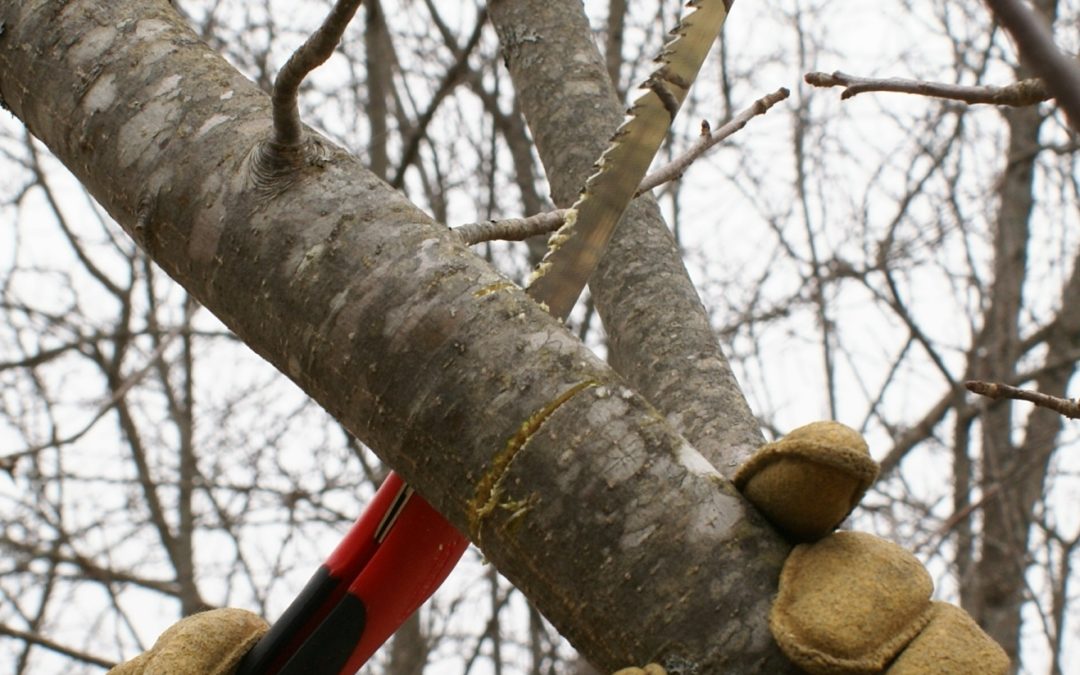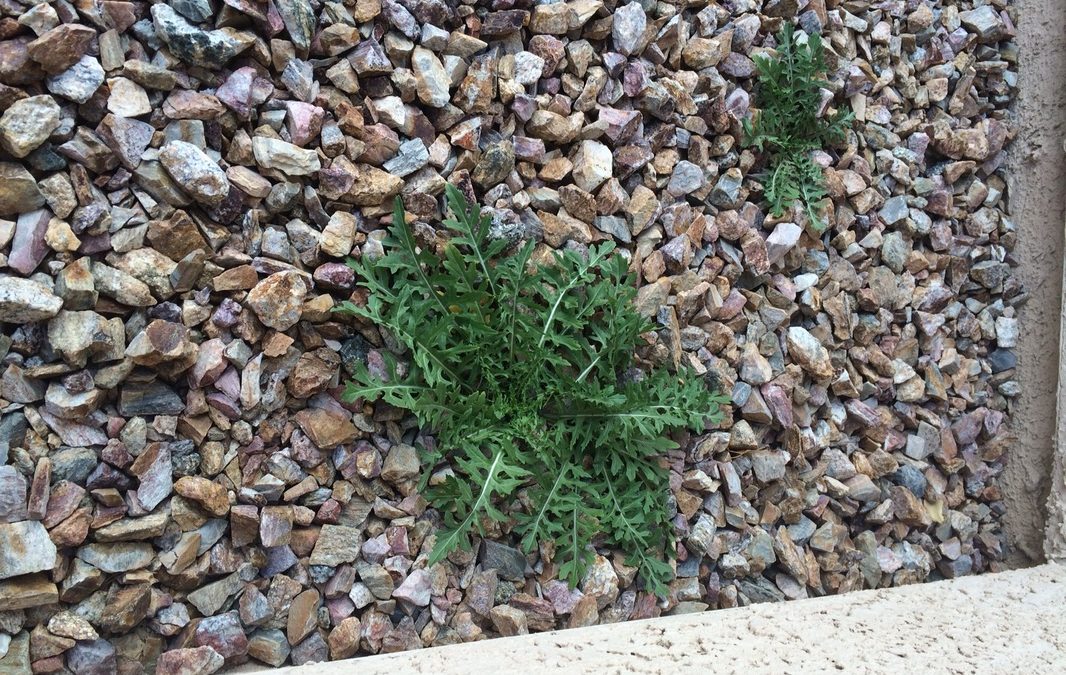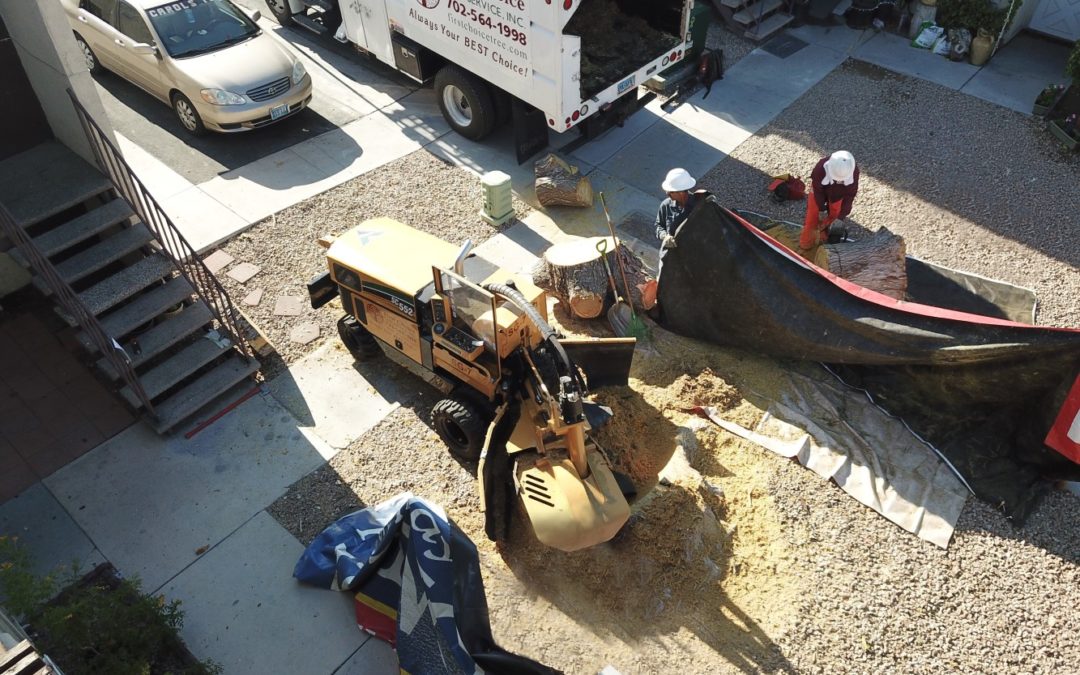
GOING GREEN
First Choice Tree Service is “GOING GREEN” by recycling approximately 99% of the “green waste” that is generated from our tree operations. We process an average of 40 tons of green waste material each day. The waste material is then processed into firewood and wood chips.
Firewood is traditionally the most common use of large branches and logs. The wood from our completed jobs is transported back to our yard where it is separated, stacked, and split for firewood. This firewood is then sold to be used to heat local homes in our communities and for outdoor activities such as camping. We even contribute firewood to worthy organizations such as local Boys and Girl Scout troops for their events.
Other green waste is processed to produce wood chips. As wood chips decay, they release organic material back into the soil, enhancing the quality of the soil, which ultimately improves the health of the surrounding plant material. Our trained staff meticulously sorts and removes as much as possible palm, oleander and salt cedar material from our wood chips, making it safe for plants and trees; or even as ground cover, as in at local pumpkin patches/Christmas tree lots. You may have even seen or noticed our wood chips at UNLV Cooperative Extension’s orchard or at Gilcrease Orchard in North Las Vegas.
Our firewood and wood chip products are available to local residents and businesses at our yard located at 2155 Pama Lane, Las Vegas, NV. Call our office at 702-564-1998 for pricing.





